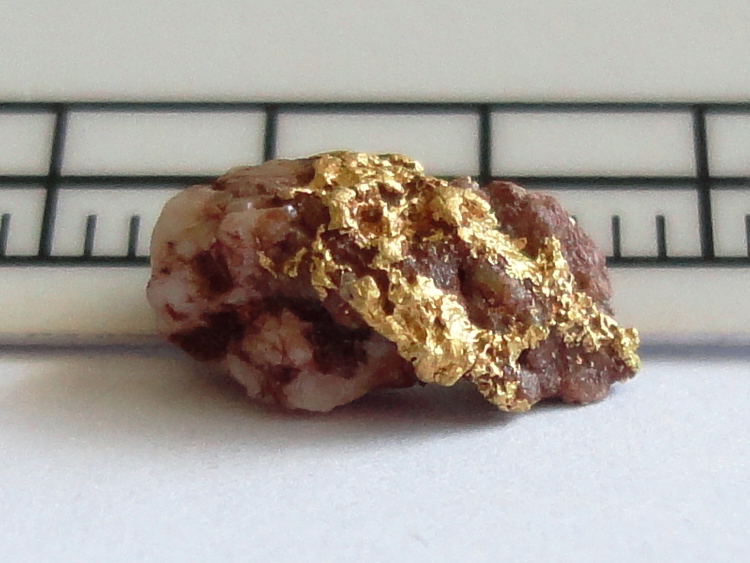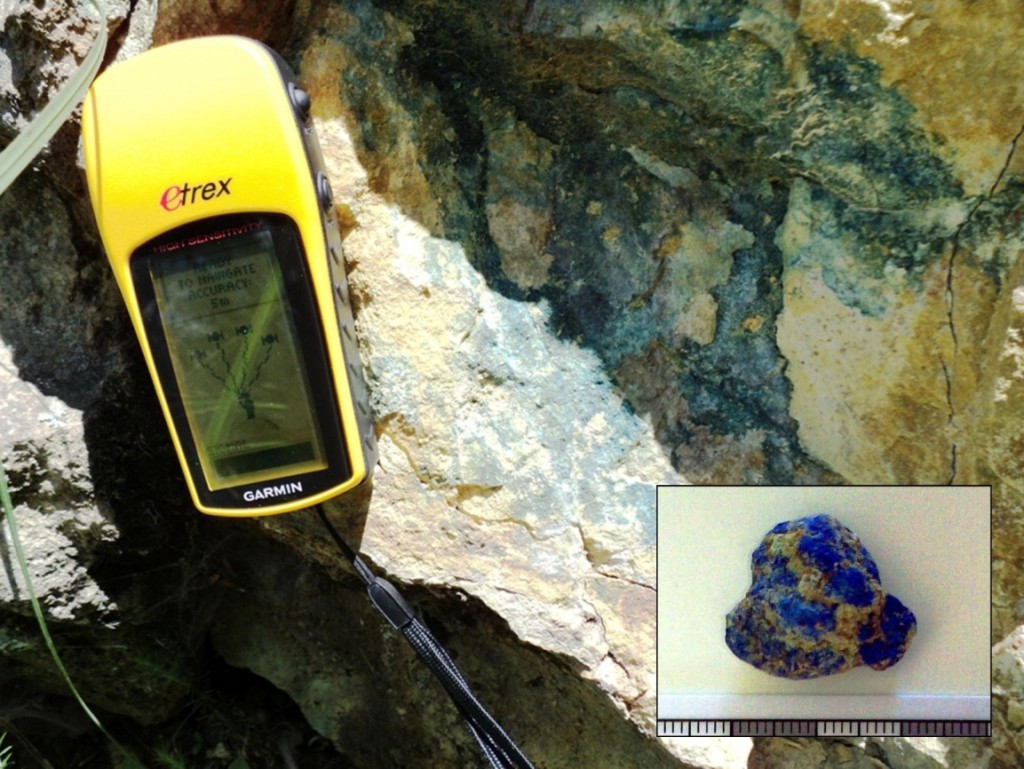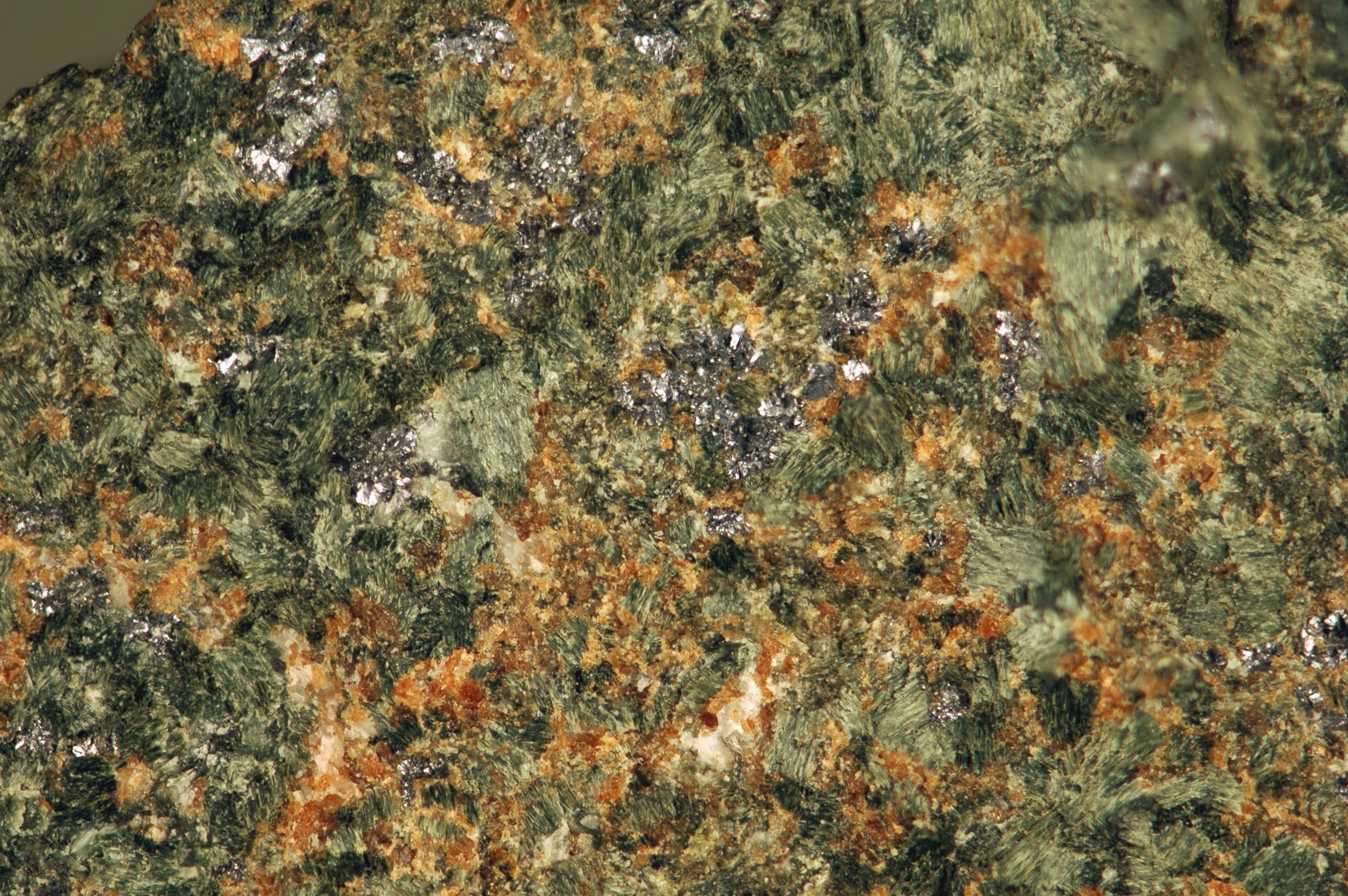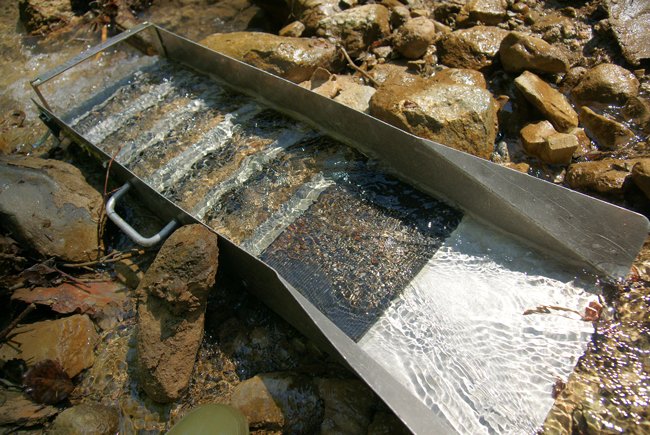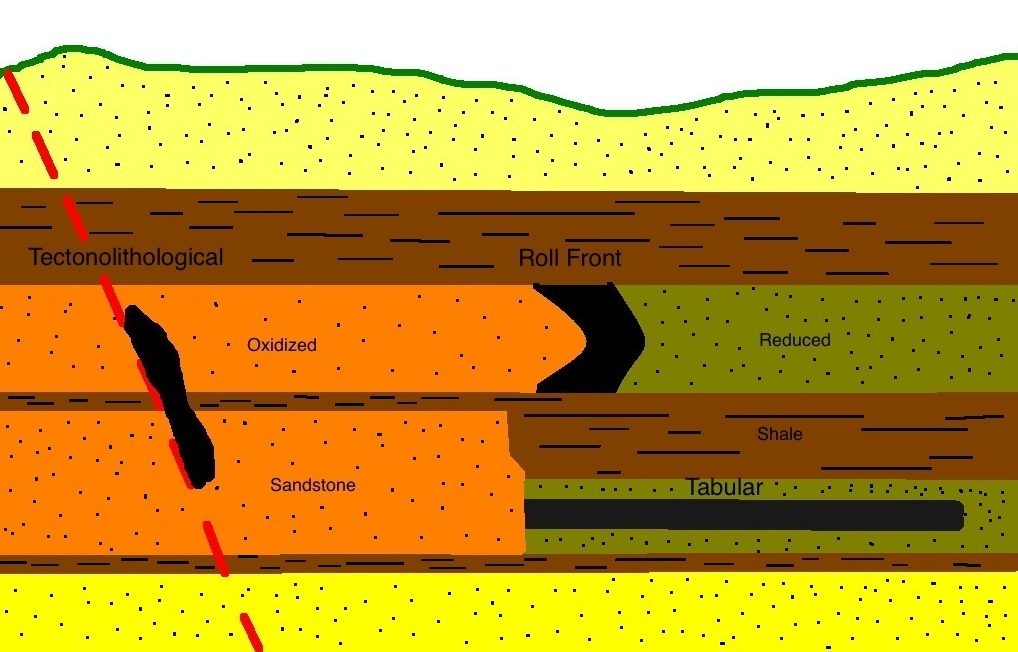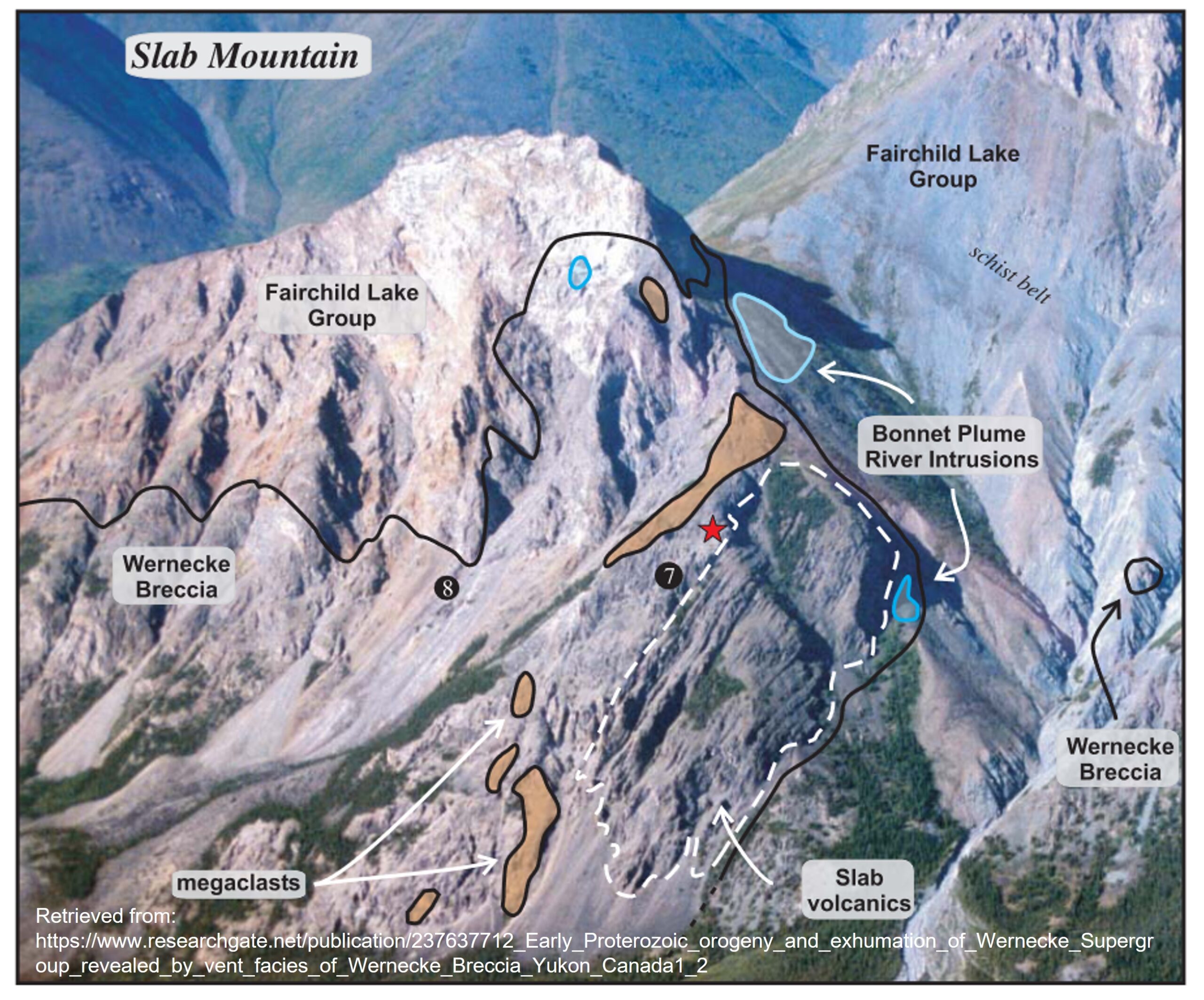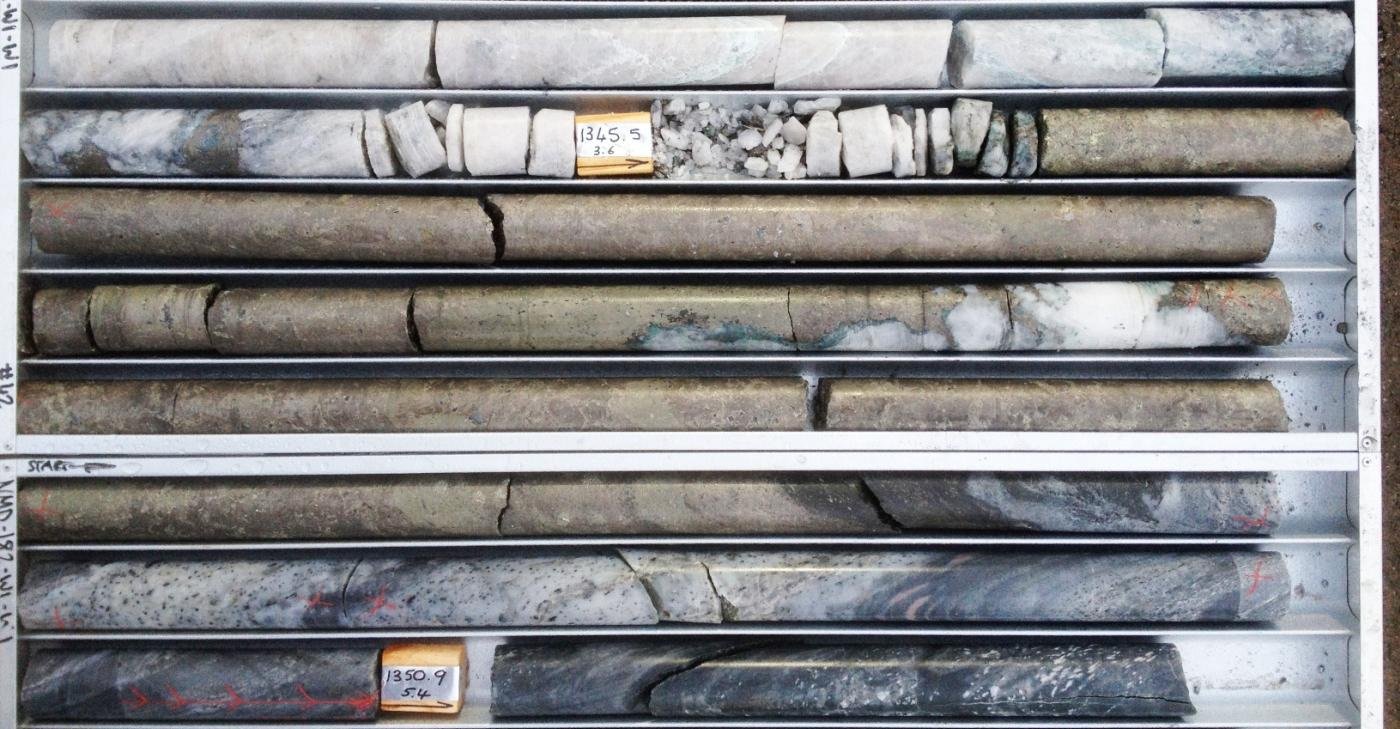Like gold, diamonds were originally recovered from alluvial deposits. However, unlike gold, the actual mining of diamonds from source deposits didn’t start until the late 19th century in the Kimberley Region of South Africa. That’s simply because diamonds, the hardest naturally occurring mineral, are a lot more difficult to extract from their host rocks, than soft and easily melted gold.
Diamond bearing rocks are transported from the mantle to the surface via volcanic pipes known as kimberlites or lamproites. It is these ancient volcanic pipes that geologists search for when looking for diamonds.
Historically the principal source of diamonds was India, but the development of technology to mine kimberlite pipes, saw the rise of South Africa as a major producer, and in particular one company De Beers – which controls the vast majority of the diamond trade to this day.
The economics of diamonds, like other gemstones is more complex than that of metals and other economic commodities. Diamonds are valued somewhat subjectively depending on the value of certain colours and other physical properties. The vast majority of diamonds mined are not gem quality and are instead used in industrial applications, including diamond drilling drill bits.
The original Kimberley Mine saw 50,000 miners dig a hole, which covers 17 hectares and is 463 meters high. Before the mine’s closure in 1917, some 3,000 kilograms of diamonds were recovered, but 22 million tons of rock were excavated.
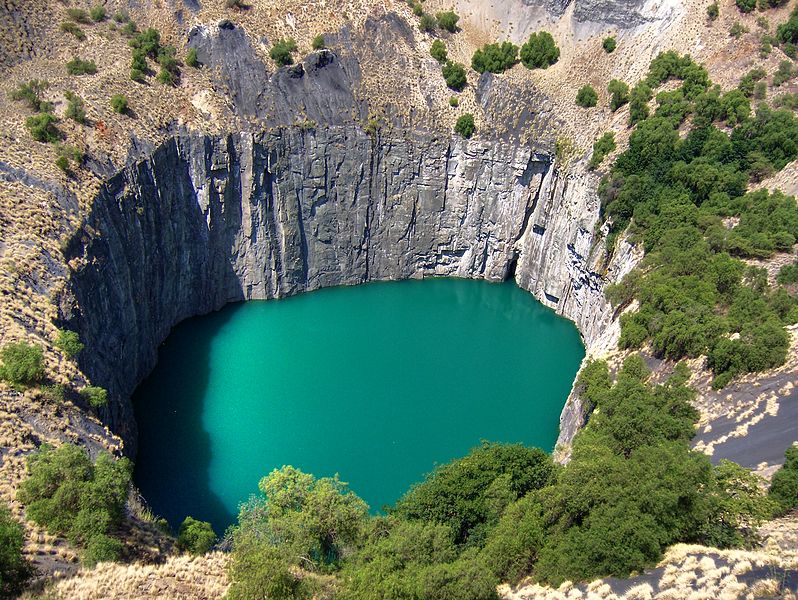
How Are Diamonds Formed
The formation of natural diamond requires a very specific set of conditions:
- carbon-bearing materials
- high pressure; but
- comparatively low temperature range between approximately 900C and 1,300C.
These conditions are met in two places on Earth;
- in the mantle below relatively stable continental plates, and
- at the site of a meteorite strike.
Diamonds and Cratons
Geothermal gradients vary a lot around the world. Under the oceans, the crust is thinner, and temperatures rise faster with depth; so it’s only under thick, ancient stable parts of crust, continental cratons that the right combination of high pressure and relatively low temperatures exist. Unlike many minerals, diamonds are not associated with tectonic plate boundaries.
Diamond bearing rocks are transported from the mantle to the surface via volcanic pipes known as kimberlites or lamproites. It is these ancient volcanic pipes that geologists search for when looking for diamonds. Indicator minerals for diamond-bearing volcanic pipes include chromium and titanium. The common minerals associated with kimberlites include red or green garnets, spinels, chromite, diopside, olivine, and magnetite.
From the primary source of the exposed volcanic pipe, diamonds can also be concentrated in alluvial deposits by the action of rivers, and along shorelines and undersea.
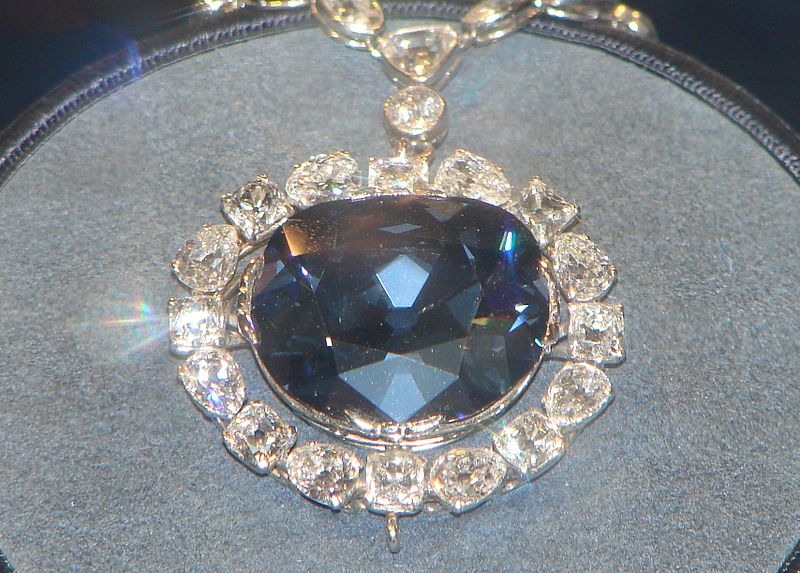
Extra-Terrestrial Diamonds
Diamonds, called carbonados, have been found in impact craters in South America and Africa These are thought to have originated in the meteor, rather than being formed by the impact.
Diamonds are also formed under the force of the impact – but are tiny only micro or nano size so only suitable for industrial uses. Russia claims that the Popiaga Crater in Siberia may contain trillions of carats of tiny impact diamonds. This type of diamond though can also be formed synthetically, so whether this resource is economic remains to be confirmed.
The Politics of Diamonds
Blood or conflict diamonds are a serious ethical issue for the diamond industry. Unstable countries in south and central Africa with on-going conflicts are funded in greater part by diamonds that are often worked with forced labour. Around two thirds of the world’s diamonds come from the affected countries including Angola, Sierra Leone, Ivory Coast, and Zimbabwe.
The US prohibits the import of blood diamonds. Canada certifies their own diamonds from the Northwest Territories with a certificate that tracks the diamond from mine to jewellers.
Although most diamond mines are located in Africa because of the issue of conflict diamonds, there are commercial advantages for mines in politically stable countries including Canada and Australia.
Examples of Diamond Mines
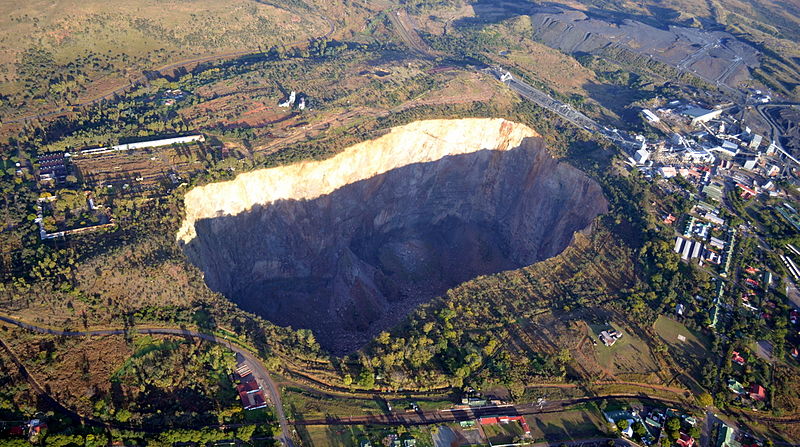
Cullinan (Premier) Mine, South Africa
This mine was the source of the largest diamond ever found -the Cullinan diamond was discovered 1905 and weighed 317 carats. Originally named the Premier Mine the mine was renamed to celebrate its most famous product in 2002. The mine is known for its large, gem-quality diamonds. The mine began production in 1903 and in 2012 claimed a total resource of 432 million tonnes, with 202 million carats. The mine is currently block caving underground and at depth of 1073m.
Petra Minerals own the Cullinan mine.
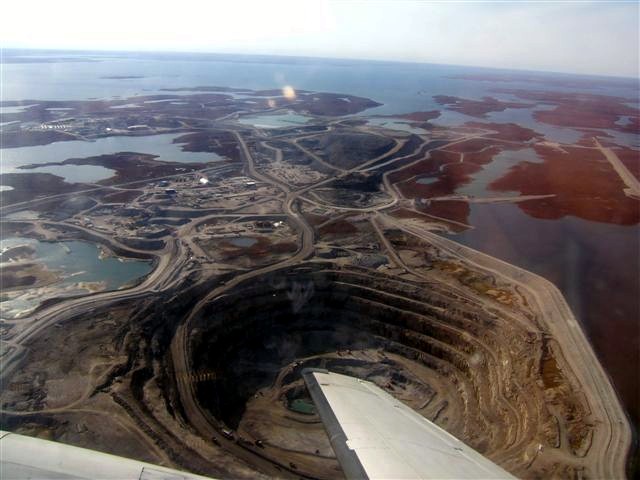
Diavik Mine, Northwest Territories, Canada
Located 300km north of Yellowknife, Daivik produces around 7.5 million carats of diamonds annually. Production commenced in 2003. The resource is four kimberlite pipes beneath the Lac de Gras. The mine commenced as an open pit operation but transitioned to solely underground operation in September of 2012. As the open pit is below lake level, a 3.9km dike protects the mine. Access is difficult, with an ice road only available during winter months. Plans are to develop a port on remote Bathurst Inlet.
Diavik is owned by Rio Tinto.
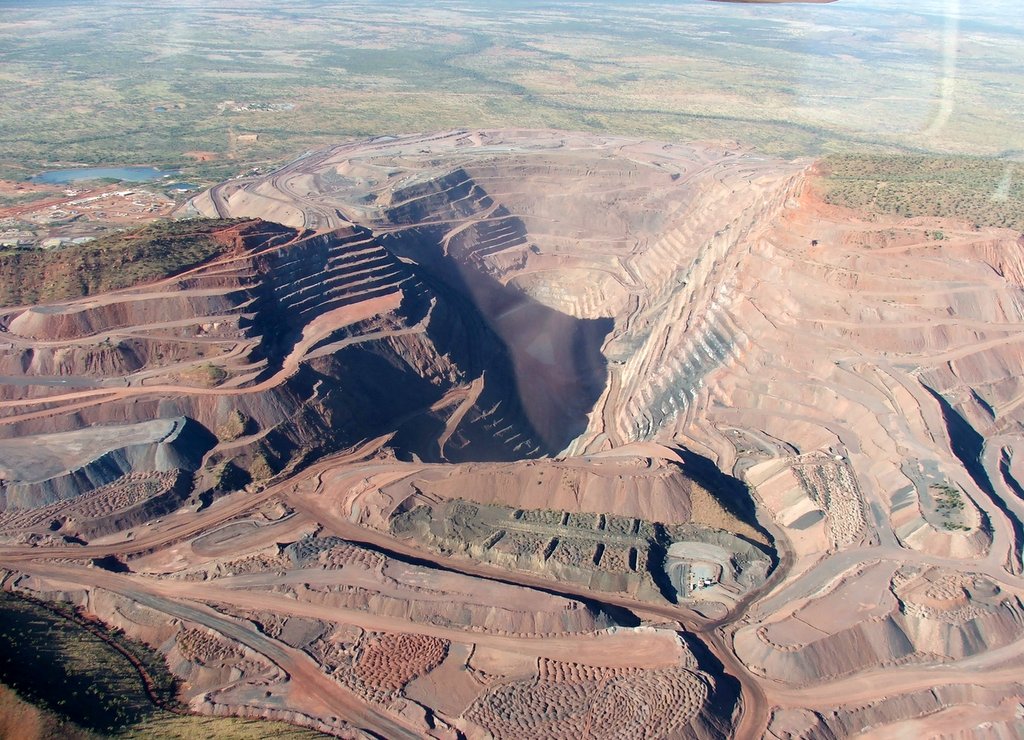
Argyle Diamond Mines, northern Western Australia
The world’s fourth largest producer on diamonds, Argyle was also the first diamond mine where the host is a lamproitic volcanic pipe rather than a kimberlite.
Argyle’s open pit was commissioned in 1985 and operates 365 days a year – the pit is 2 km long and 1km wide. In 2013, an underground mine using the block cave method was opened, with an expected mine life to 2020. The underground operation expects to produce 20 million carats/year. In the past, Argyle has also actively mined alluvial diamond deposits.
The remote mine site is some 150km from the closest town – Kununurra. Most of the work force flies in from Perth some 2000km to the south.
Argyle’s diamonds are of an average low quality. Only 5% of those mined are gem quality, compared to a worldwide average of 20%. The rare pink, blue and green gem quality diamonds occasionally found are highly prized, though the more common brown diamonds have required heavy marketing re-branding the colour as “cognac”. Argyle markets its diamonds in Antwerp, Belgium.
Rio Tinto owns the Argyle Mine.
Mining Companies Mentioned
De Beers – biggest diamond producer
Rio Tinto – Argyle Mine, Australia
Rio Tinto – Diavik Mine, Canada
Petra Minerals – Cullinan Mine, South Africa
Subscribe for Email Updates

